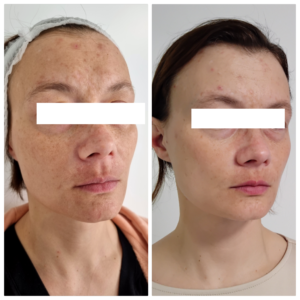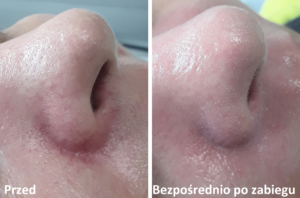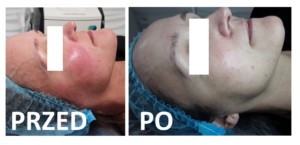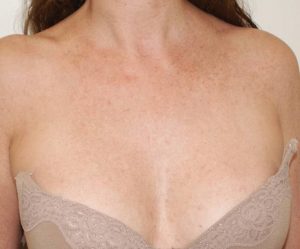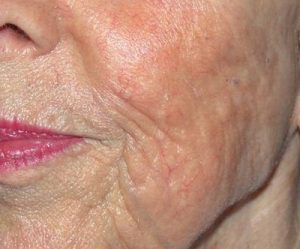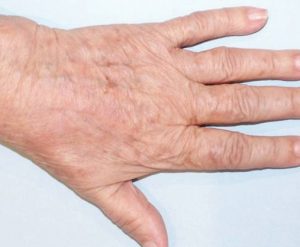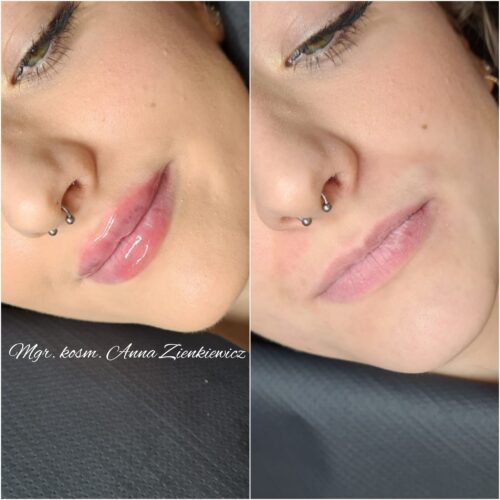Laser blood vessel and discoloration removal Krakow

Alma Harmony XL Pro
Enlarged blood vessels or discolorations on the face of the neck and neckline is a big aesthetic problem for many of us. Why is it worth choosing laser blood vessel removal and laser removal of discoloration? The answer is very simple: the innovative technology of the Alma Harmony XL Pro Dye-VL platform will cope with two problems at once, and will also firm and brighten our skin. There is no other equally effective method that can cope with these defects at the same time, and also minimize the recovery period. Of course, during the treatment, the appropriate parameters for the given change are selected (one for capillaries, another for discoloration), while the experienced specialist is able to combine 2-in-1 during one procedure, yielding great results.




